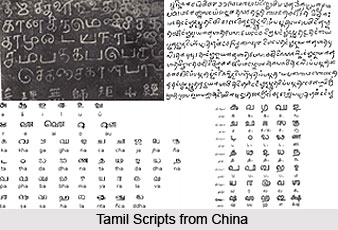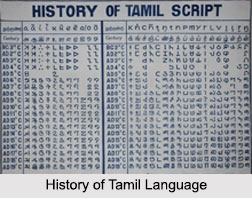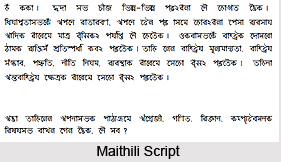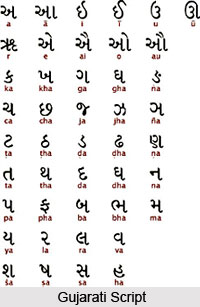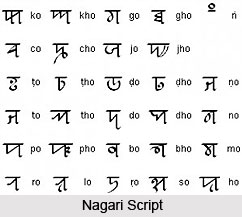Central India is fundamentally defined by the states of Madhya Pradesh and Chhattisgarh. Madhya Pradesh being an enormous landlocked state in itself was divided to form Chhattisgarh on November 1, 2000, when the sixteen Chhattisgarhi-speaking south-eastern districts of Madhya Pradesh gained statehood to govern for themselves. Central Indian life and culture and history is exclusively pivoted around these two states and their evolvement for the better. As is acknowledged by both ancient Indian history and later Indian history, central India has truly been immortalised and documented by its marvellous historical evolvement of invasions, bravura, seizing, winnings, capturing, mystical palaces and forts atop mountains and their clandestine crypts keeping secrets forever. The valorous and life-risking feats performed by those ancient tribes accompanying their lord and emperors can perhaps only be witnessed now-a-days through the subsistence of umpteen aboriginal tribes and their unique customs and language. Then again, leaving the tribesmen aside, central India too is described by the urbanity and cosmopolitan lifestyle in cities, that have since a significant period of time, been laced with everything superlative in technology and advancement. Central Indian languages are thus destined to revolve around the direction of both tribal populace as well as artistic mish-mash of sophistication.
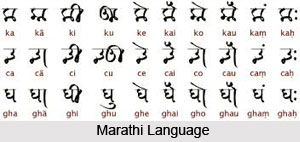 Though Madhya Pradesh acted as the `rocking cradle` of umpteen dynasties across spanning phases of history, it is conspicuously Indo-Aryan in nature. As such, central Indian languages wholly have been derived from the Indo-Aryan language family. Hindi is the principal and official language of the state, spoken by majority of the population. Apart from Hindi, several other Indian languages and dialects are also rampant all over Madhya Pradesh. Excluding `standard Hindi`, several regional variants also finds its guaranteed place. Some people regard them as localised dialects of the Hindi language. The major languages comprise Malvi in Malwa, Nimadi in Nimar, Bundeli in Bundelkhand and Bagheli in Bagelkhand and the southeast region of the state.
Though Madhya Pradesh acted as the `rocking cradle` of umpteen dynasties across spanning phases of history, it is conspicuously Indo-Aryan in nature. As such, central Indian languages wholly have been derived from the Indo-Aryan language family. Hindi is the principal and official language of the state, spoken by majority of the population. Apart from Hindi, several other Indian languages and dialects are also rampant all over Madhya Pradesh. Excluding `standard Hindi`, several regional variants also finds its guaranteed place. Some people regard them as localised dialects of the Hindi language. The major languages comprise Malvi in Malwa, Nimadi in Nimar, Bundeli in Bundelkhand and Bagheli in Bagelkhand and the southeast region of the state.
Most of the tribal people and natives speak languages that comprise Bhilodi (Bhili), Gondi and the sequestered Kalto (Nahali). A substantial number of people also speak Marathi, a legacy of Maratha rule in Madhya Pradesh. Urdu, Sindhi, Punjabi and Gujarati are some other dominant languages spoken in Madhya Pradesh.
The Chhattisgarhi language, fraction of the East-Central group of Indo-Aryan languages, is the paramount language in Chhattisgarh. It is often deemed by linguists to be a dialect of the `western Hindi`, respected as the official language of the state. People in southern Chhattisgarh, precisely in Bastar, mouth accents derived from Dravidian languages. Other languages spoken in Chhattishgarh comprise Hindi, Oriya, Marathi and tribal languages. The officially acknowledged and patronised version of the dialect is spoken in the general area in the plains of Raipur and Bilaspur division, that had served under direct British administration during the 19th and (the first four decades of) the 20th centuries. The accent in the erstwhile princely-states-area has carried over an essence distinctive from that was spoken in the "Khalsa Chhattisgarh" as the British area was branded as. The language in the northern Sarguja State area mirrors the influence on it of dialects of Vindya Pradesh, Uttar Pradesh and Bihar. As opposed to Chhattisgarhi, the language over there is majestically referred to as "Sargujia" by the populace of that region. Similarly, in sections in the Eastern part that followed under Raigarh, Sarangarh and Phuljhar (Saraipali) states, the language possesses a distinctive influence of Oriya on the language. Encompassing Chhattisgarhi, a sum of 93 dialects or languages are spoken in the state, which collectively symbolise all three of India`s major language families excluding Tibeto-Burman: Munda (Austro-Asiatic languages), Dravidian and Indo-European.
